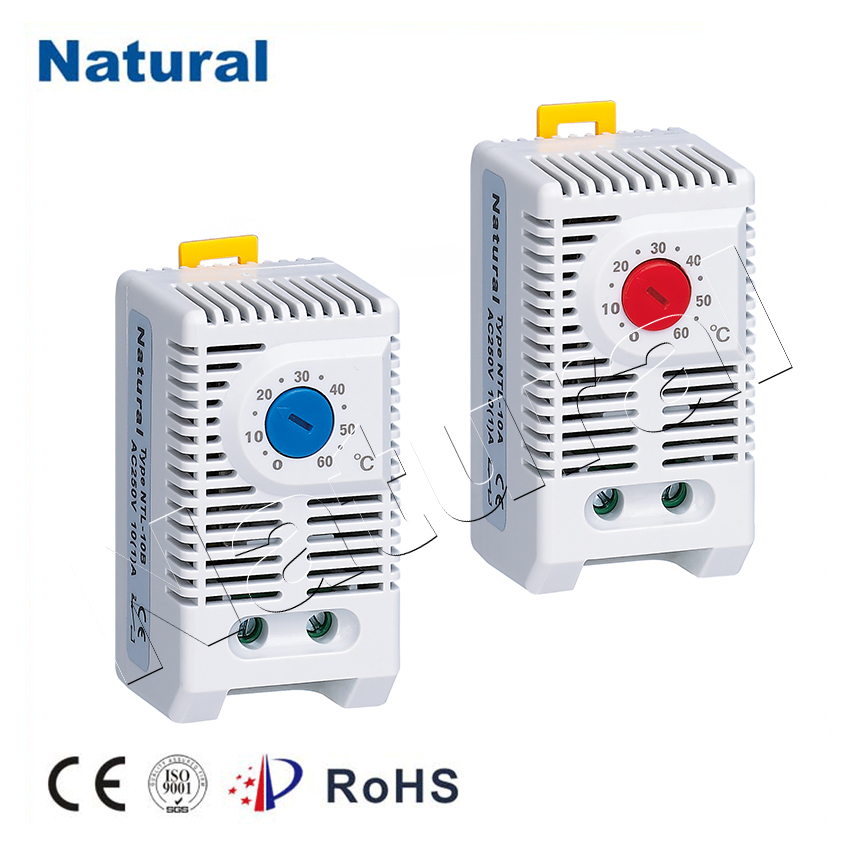In the modern world, where comfort and energy efficiency are paramount, the interplay between thermostats, temperature controllers, and heaters has become essential. These technological marvels work harmoniously to regulate temperatures in various environments, ensuring our comfort and minimizing energy consumption.

Thermostats, often considered the brain of a temperature control system, are devices designed to monitor and regulate the temperature of a space. They operate by sensing the current temperature and comparing it to a set target temperature. When the actual temperature deviates from the desired one, the thermostat triggers the heater to either turn on or off, aiming to maintain a steady temperature. Modern thermostats are equipped with advanced features, including programmable schedules and remote access via smartphone apps. This not only enhances convenience but also contributes to energy savings by allowing users to adjust settings based on occupancy patterns. Temperature controllers, on the other hand, play a crucial role in more complex systems. They are used in industrial settings and specialized applications where precise temperature regulation is essential. Temperature controllers monitor not only the current temperature but also factors such as rate of change and stability. These devices can provide more accurate control, which is vital in industries like manufacturing, food processing, and scientific research, where even slight temperature variations can lead to product defects or experimental errors. Heaters, as the name suggests, are the elements responsible for raising the temperature of a space. They come in various forms, including electric heaters, gas heaters, and radiant heaters. The type of heater chosen depends on factors such as the desired temperature range, the size of the area to be heated, and energy source availability. Electric heaters, for instance, are popular for their ease of use and precise control, while gas heaters are favored for their cost-effectiveness in larger spaces. Radiant heaters, which emit infrared radiation, are especially efficient for spot heating, as they directly warm objects and people rather than the surrounding air. The synergy between these components is best illustrated by considering a home heating system. During colder months, the thermostat constantly assesses the indoor temperature. When it detects a drop below the set temperature, it signals the heater to activate. The temperature controller ensures that the heater doesn’t overshoot the desired temperature, preventing discomfort and energy wastage. As the environment warms up, the thermostat communicates with the heater to maintain a consistent and comfortable temperature. Energy efficiency is a key concern when discussing these technologies. Poorly functioning or outdated temperature control systems can result in unnecessary energy consumption and increased utility bills. By investing in modern, programmable thermostats and temperature controllers, users can create heating schedules tailored to their routines, avoiding the wasteful practice of heating empty spaces. Additionally, the ability to remotely monitor and adjust settings contributes to minimizing energy usage. In conclusion, the collaboration between thermostats, temperature controllers, and heaters has revolutionized our ability to maintain comfortable and controlled environments while simultaneously conserving energy. These components, whether in our homes or in industrial settings, work together seamlessly to ensure optimal temperature regulation. As technology continues to advance, we can expect even more sophisticated systems that prioritize both our comfort and the sustainability of our planet.